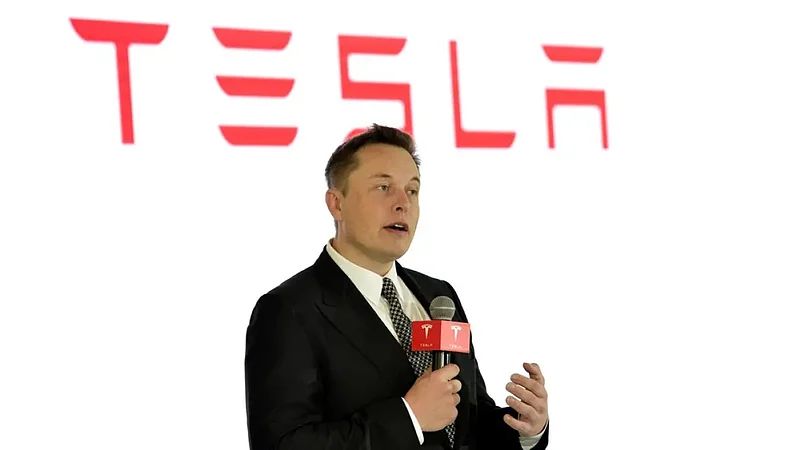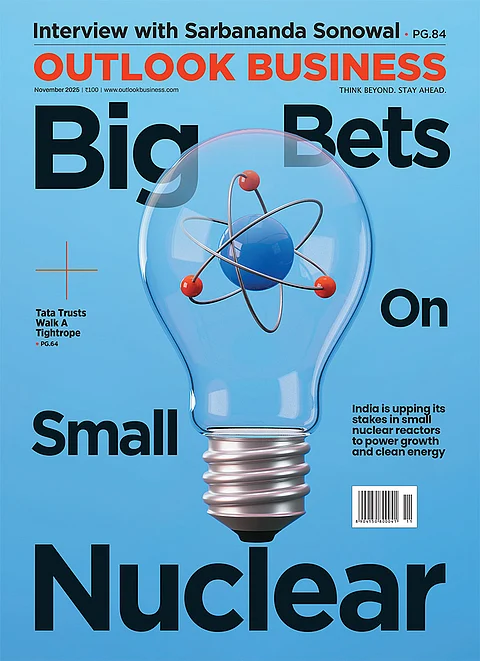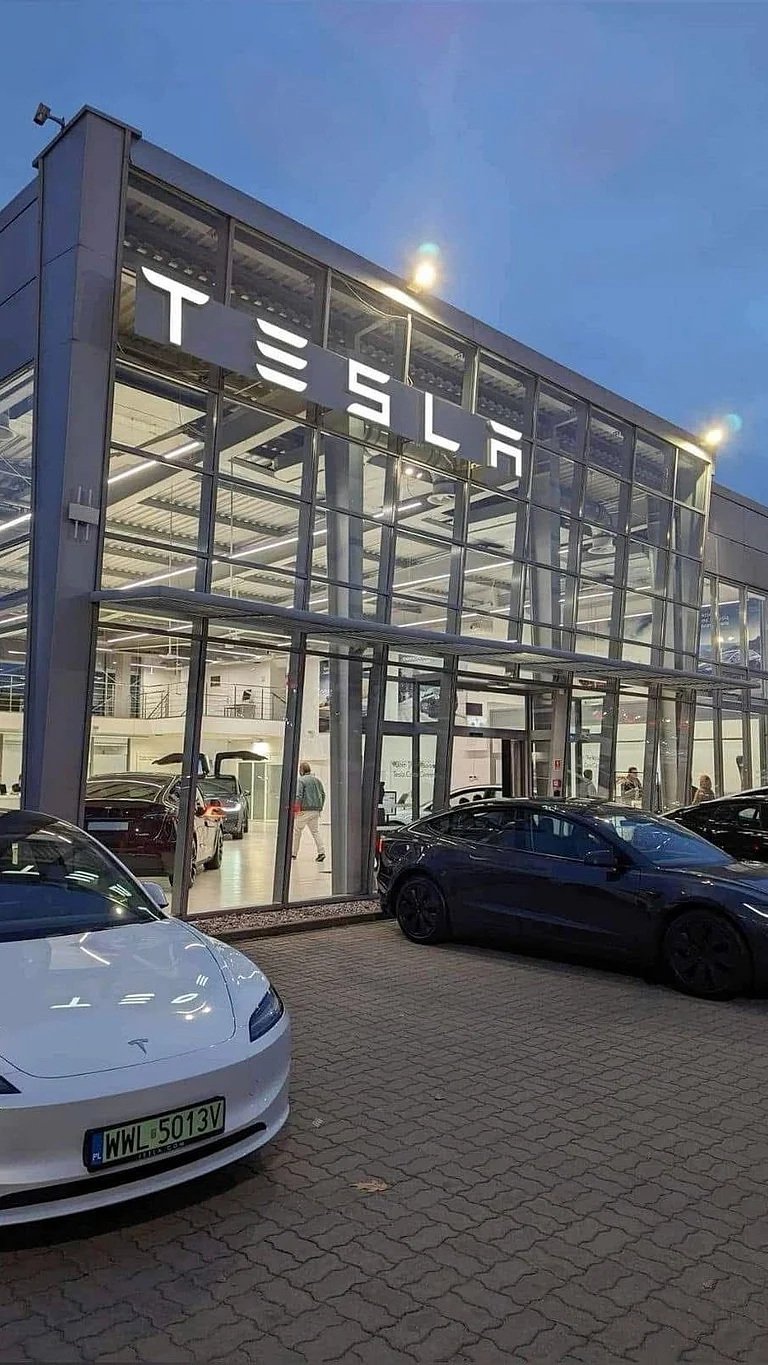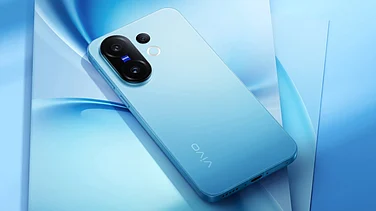
Tesla is near finishing the design of its next in-house AI chip, AI5, and began work on AI6
CEO Elon Musk targets bringing a new AI chip design to production every 12 months
Samsung and TSMC will dual-source the chips to guarantee the massive volumes needed for FSD and data centres
Tesla said it is close to finishing the design of its next-generation in-house AI chip, AI5, and has already started work on a follow-on chip, AI6, as CEO Elon Musk reiterated a target of delivering a new chip design into volume production every 12 months.
The company confirmed both Samsung and TSMC will manufacture Tesla’s chips, a dual-sourcing strategy meant to guarantee the massive volumes Musk says Tesla will need for cars and data-centre deployments.
Tesla’s announcement, made by Musk on X, signals an aggressive cadence for custom silicon development at a time when automakers and cloud providers alike are racing to secure AI compute. Musk said AI5 is “close to taping out,” AI6 design work has begun, and the company expects to drive chip production at volumes “higher ultimately than all other AI chips combined.” Samsung earlier this year secured a $16.5 billion pact to produce AI semiconductors for Tesla, and Musk confirmed TSMC’s Arizona fab will also build variants of the same designs.
What Tesla Says the Chips Will Do
Tesla intends the chips to serve multiple use cases: advanced driver assistance and full self-driving (FSD) in vehicles, humanoid-robot compute, and cloud/data-centre workloads. Musk has set ambitious performance targets.
He has previously claimed AI5 will be roughly 40× faster than the AI4 platform currently in cars, and said AI6 will aim for about 2× the performance of AI5. Tesla says the two foundries will produce slightly different physical implementations but that its software will run identically on both variants.
Why Dual Sourcing
Tesla’s plan to split production between Samsung’s Taylor, Texas, facility and TSMC’s Arizona fab reflects the scale and risk of the company’s ambitions. Dual sourcing reduces single-fab bottlenecks, offers volume insurance if one supplier hits yield or capacity problems, and gives Tesla leverage in wafer negotiations. Musk also noted tooling differences, calling Samsung’s Taylor site “slightly more advanced” in equipment, but emphasised both suppliers will continue to make future generations.
A 40× performance improvement over a deployed automotive chip would be extraordinary and would likely require a mix of architectural innovation, advanced process nodes, packaging and software co-design. Tape-out, wafer yields, packaging supply and fab ramp schedules will determine whether Tesla can meet its yearly production cadence; any delays at foundries could push timelines into 2026–2027 and beyond.
Musk has framed AI5 as the next production target and suggested AI6 will follow roughly a year later; he has hinted AI7 is already under early development. Tesla has not published detailed specs, tape-out dates, node information or firm production schedules. The market will watch for formal updates on tape-out completion, engineering samples, yield reports from Samsung and TSMC, and early performance metrics from deployed hardware.





























